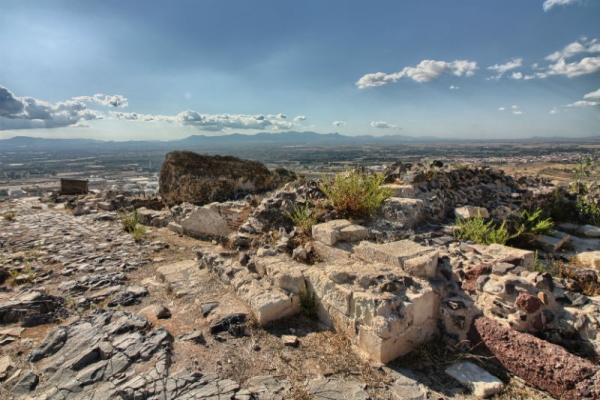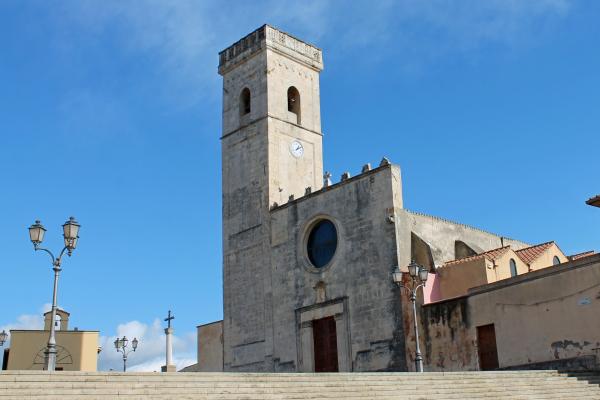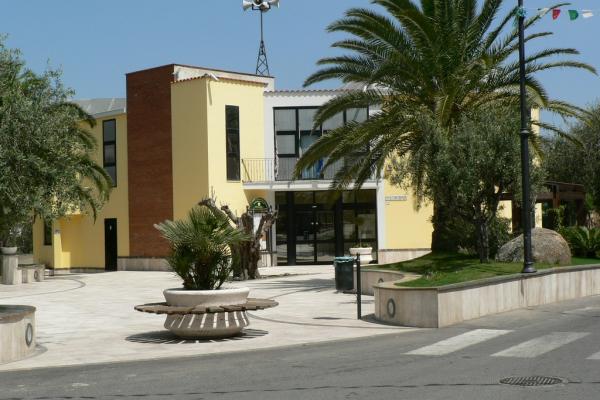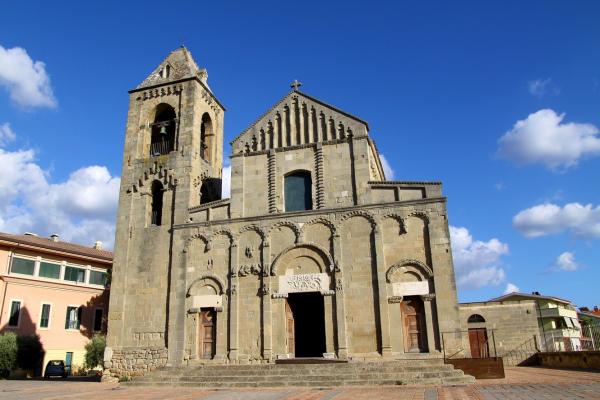At first sight, it is a ‘normal’ cone of volcanic origin, which stands out in front of the residential area of a town in Lower Campidano, but in reality it contains various Domus de Janas – two with an original appearance -, a monumental flight of steps that leads to a sacred area and a few villages, one of which is the protagonist of a sensational and controversial discovery. Monte Zara is one of the mountains that ‘protect’ the territory of Monastir to the east, while next to it runs state road SS 131 ‘Carlo Felice’, the arterial road that crosses the entire Island. From the road, proceeding towards Cagliari, you can see two adjacent cavities, located on the northern side: they are the Domus de Janas known as is Ogus de su monti, or ‘eyes of the mountain’. These are two tombs side-by-side but independent, with a well-sculpted entrance portal, antechamber and funerary cell.

Nuragic or pre-Nuragic archaeology
The mountain with ‘eyes’, already inhabited five thousand years ago, with prehistoric villages and necropolises, stands next to Sardinia’s main road, near Cagliari
The mountain with ‘eyes’, already inhabited five thousand years ago, with prehistoric villages and necropolises, stands next to Sardinia’s main road, near Cagliari
See this place because...
All together, you will find an unusual necropolis, a sacred area and a village on the top of a mountain overlooking Campidano, after which you can explore prehistoric and medieval remains
Ti piace questo luogo? Cagliari potrebbe essere la tua meta ideale.
You may also like
More attractions in the vicinity
Nearby hotels and accommodations

Bed and breakfast (rental rooms)
MONASTIR
1 km

Bed and breakfast (rental rooms)
MONASTIR
1 km

MONASTIR
1 km













